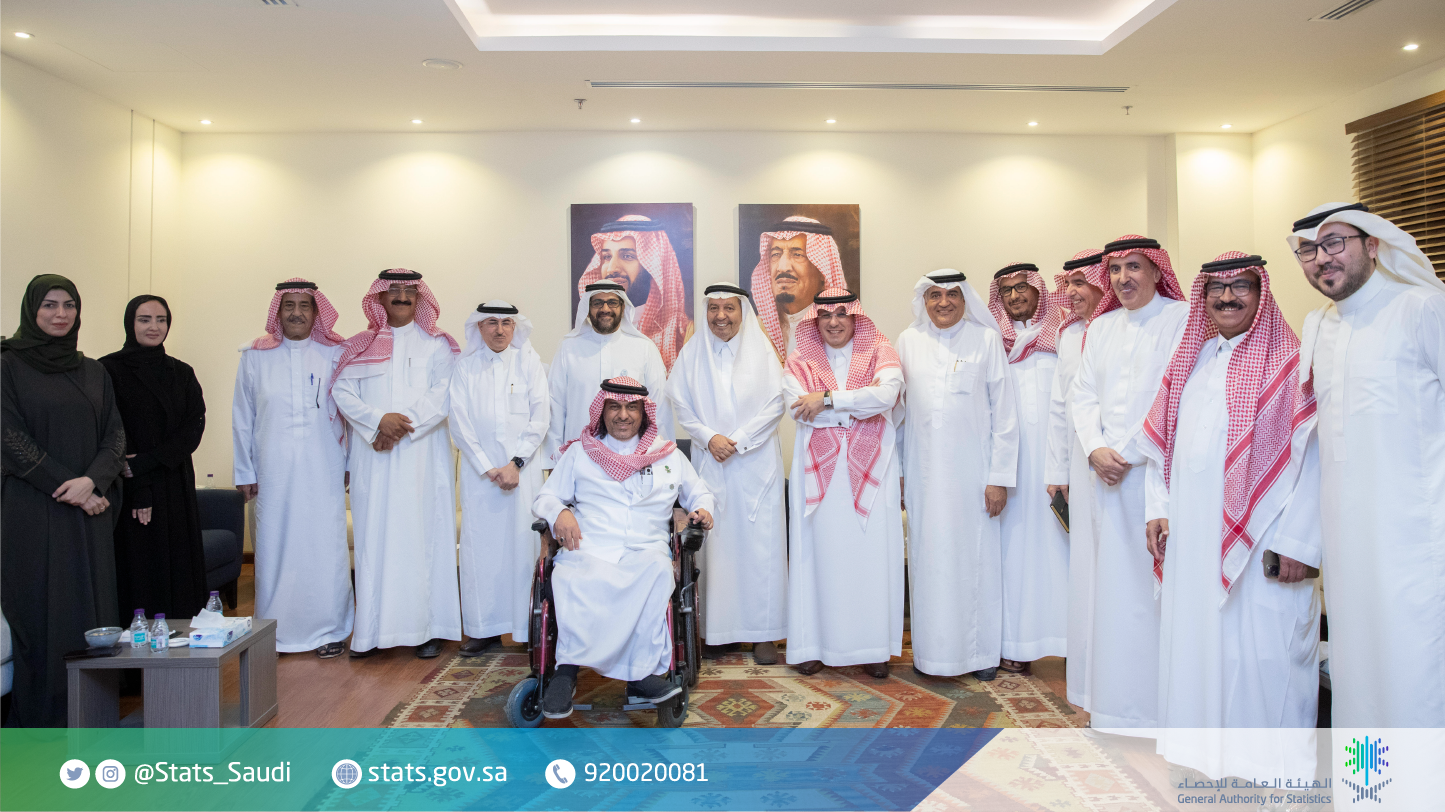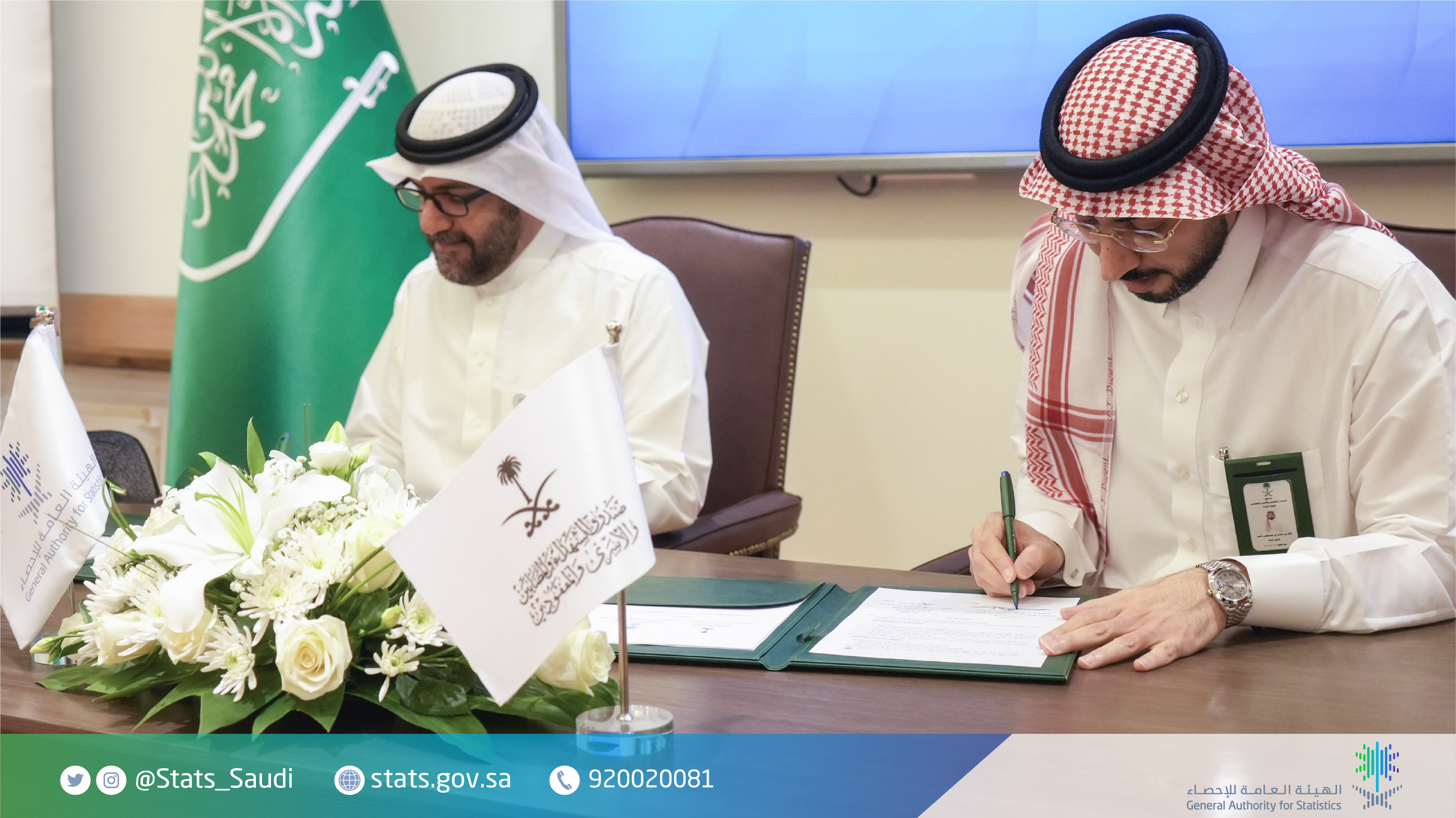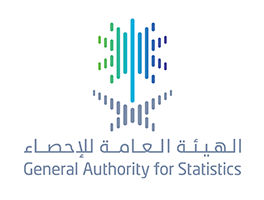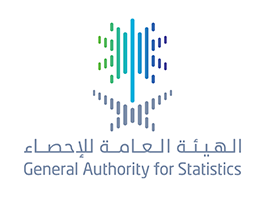Total Number of Pilgrims in 1444 H Reaches (1,845,045)
27-06-2023
General Authority for Statistics announced today that the total number of pilgrims for this year amounted to (1,845,045) pilgrims. Number of external pilgrims arriving from various ports was (1,660,915), while the number of internal pilgrims reached (184,130) citizens and residents.
According to its statistical results for Hajj 1444 H, GASTAT indicated that the number of male pilgrims out of the general total number of internal and external pilgrims amounted to (969,694) pilgrims, while the number of female pilgrims reached (875,351).
Regarding the statistics of external pilgrims, GASTAT indicated that the number of pilgrims from Arab countries reached (346,214) or (21%). Number of pilgrims from African countries other than Arab countries was (221,863) or (13.4%), while the number of pilgrims from Europe, America, Australia and other unclassified countries reached (36,521) or (2.1%). As for the ways of arrival, (1,593,271) pilgrims arrived through airports, (60,813) pilgrims arrived through land ports, and (6,831) pilgrims arrived through seaports.
GASTAT noted that the number of countries benefiting from Makkah Route initiative was 7 countries, where the number of beneficiaries from this initiative reached (242,272) pilgrims. Travel procedures for all pilgrims benefiting from the initiative have been completed after checking health requirements, and their luggage has been transported directly from their countries of departure to their place of residence.
It should be noted that GASTAT relied on administrative records data to issue statistical data and indicators for Hajj season 1444 AH / 2023, as a main source of data represented by all government and private entities concerned with serving pilgrims to provide data according to a unified form that includes a number of elements as an extension of the statistical approach that was followed during the past three years. Hajj statistics publication shows the total number of pilgrims, and their distribution according to sex, nationality, and way of arrival.
It is worth noting that GASTAT is the only official statistical reference for statistical data and information in Saudi Arabia. It carries out all the statistical work, in addition to the technical oversight of the statistical sector. It also designs and implements field surveys, conducts statistical studies and researches, analyzes data and information, in addition to documenting and archiving all works of information and statistical data that cover all aspects of life in Saudi Arabia from its multiple sources. Data are written, classified, and analyzed; their indicators are extracted as well.
On the other hand, GASTAT's President, Dr. Fahad bin Abdullah Al-Dossari, on behalf of all GASTAT's employees, expressed his sincere thanks and appreciation to the Custodian of the Two Holy Mosques King Salman bin Abdulaziz Al Saud, and to His Royal Highness Prince Muhammad bin Salman bin Abdulaziz Al Saud, Crown Prince and Prime Minister - may Allah protect them - for everything that was provided to pilgrims, asking Allah Almighty to accept their Hajj, and to help all government entities in Saudi Arabia to provide distinguished services to pilgrims.
To view the executive summary of Hajj statistics 1444 AH, please visit the following link:
https://www.stats.gov.sa/system/tdf/file_manger/Hajj%20Report%201444H-EN...







